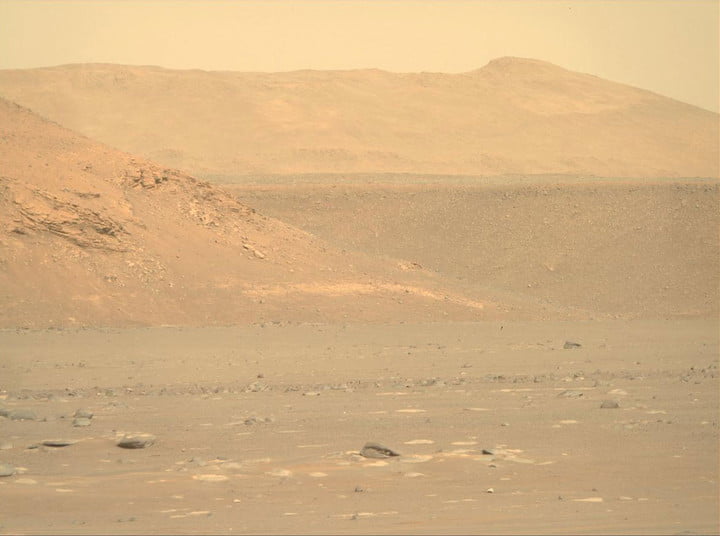The Perseverance rover is currently beaming its way across the surface of Mars, heading for an area of the Jezero crater called the delta. This is one of the most exciting locations to be explored on Mars so far because it was once the site of an ancient river delta. In a recent blog post, a NASA scientist explained how studying the delta could help understand the history of Mars, and could even find evidence if there was ever life on the planet.
The promise of the delta is so great because we know that having water on the surface of a planet for a significant amount of time is both key to the development of life and a great way to learn about geological history, as Adrian Brown, Deputy Program Scientist at NASA explains: “A delta forms when a sediment-laden river runs into a body of standing water, and as it does so, slows and can no longer hold the sediment, so it drops the rocks, gravel and soil into the water body, which gently sinks to the bottom and forms a delta. Over time, the delta becomes a layered repository, like a book with pages, which one can turn over each day to learn more about the history of Mars.”

The useful thing about a river delta, from a geologist’s point of view, is that it brings rocks and other samples from far across the region into one spot — so effectively, the river has done the job of sample collection for the rover, which can just look in this one place to find rocks from all over the area. Indeed, researchers estimate that the rocks in the delta come from an area nearly as wide as 30 miles across, called the delta’s watershed, and could include samples that are even older than the crater itself.
Not to mention the most exciting possibility, which is that the delta could hold signs of ancient life. “Another mind-bending possibility is that we may find fossilized traces of ancient Martian life in these delta rocks,” Brown writes. “In one scenario, life might have got started in the early Noachian period (about 4 billion years old) when Mars was probably more friendly to life, and was preserved in the watershed until one fateful day when they were washed into the river system, and then the crater.”


